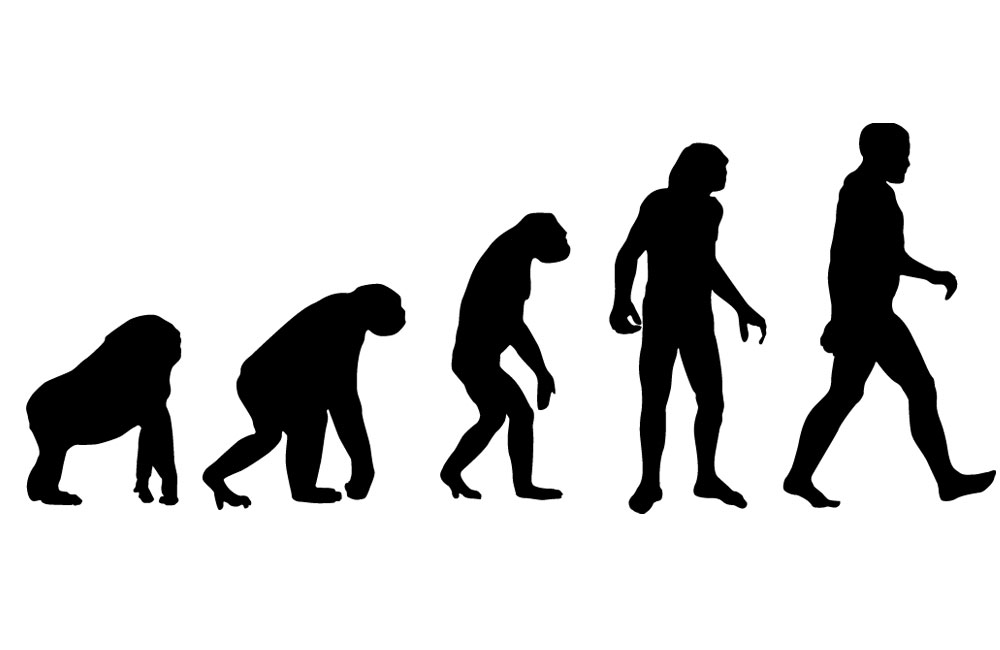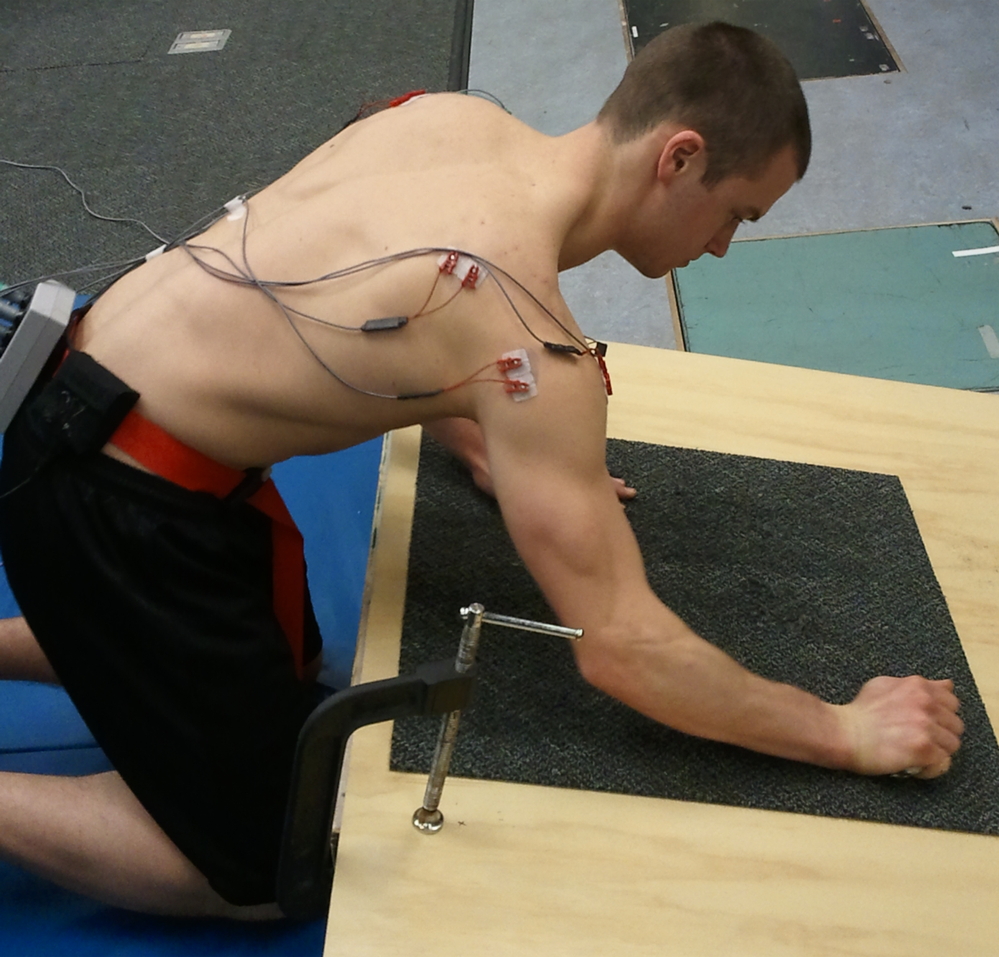Why Neanderthals Sported Arms Like Popeye

The unusually powerful right arms of Neanderthals may not be due to a spear-hunting life as once suggested, but rather one often spent scraping animal skins for clothes and shelters, researchers say.
The Neanderthals are our closest known extinct relatives, who were probably less brutish and more like modern humans than commonly portrayed. Their brains were at least as large as ours. They controlled fire, expertly made stone tools, were proficient hunters, lived in complex social groups, buried their dead, and perhaps artfully wore feathers. Genetic research even suggests they interbred with modern humans.
Neanderthals apparently had unusually strong right arms, judging by their right humerus — the long arm bone underlying the biceps and triceps — which often boasted protrusions with which to attach powerful muscles.
"Neanderthals have really interesting upper bodies," researcher Colin Shaw, a biological anthropologist at the University of Cambridge in England, told LiveScience. "If you and I are both right-handed, you'd expect 4 to 13 percent asymmetry between our arms. Neanderthals have up to 50 percent or more asymmetry. They were doing something with their dominant arms that were either more intense or repetitive or both than we do today. The only population of modern people that we see who are similar are tennis players, who hit tennis balls many, many years aggressively." [Top 10 Mysteries of the First Humans]
Scientists had suggested these arms may have grown strong through regular underhanded spear-thrusting. "We thought to test that idea," Shaw said.
Using fossils and chemical clues preserved in ancient sediments, scientists are unraveling the story behind our species,Homo sapiens.
Know Your Roots? Human Evolution Quiz
Get the world’s most fascinating discoveries delivered straight to your inbox.

Shaw, along with colleagues at Pennsylvania State University and the University of Oxford, took measured electrical activity in the muscles of 13 right-handed men as they performed three different spear-thrusting tasks — single thrusts followed by rapid withdrawals, repeated strikes, and strikes followed by pushing of the spear forward. They also analyzed the men as they carried out four different scraping tasks on carpets — hacking, pushing and two kinds of pulling.
The experiments were done on men because most Neanderthal skeletons analyzed by scientists have been male. Female skeletons do show the asymmetry, but the small number of specimens makes it tough to say for sure whether Neanderthal females had uneven arms, too.
The researchers found that spear-thrusting led to significantly higher muscle activity on the left side of the body than on the right, opposite to what is seen in Neanderthal fossils.
"Spear-thrusting did not appear to explain the mystery," Shaw said.
In comparison, scraping tasks led to much higher muscle activity on the right side than on the left, suggesting they may explain the details often seen in Neanderthal skeletons.
"While hunting was important to Neanderthals, our research suggests that much of their time was spent performing other tasks, such as preparing the skins of large animals," Shaw said.

Animal skins would have been needed for clothes and shelters to stay warm in the cold climates Neanderthals often lived in. Scrapers are also among the most commonly found Neanderthal artifacts, which they used to scrape unwanted tissue off animal skins.
"If we are right, it changes our picture of the daily activities of Neanderthals," Shaw said. "This is a lot more mundane than hunting big game all the time, but it shows forethought to prepare skins for use throughout the year."
Modern humans lived at the same time and places as Neanderthals, but did not show the same dramatic lopsidedness, Shaw said. This suggests that modern humans may have scraped in a different way from their Neanderthal contemporaries — modern humans possessed more complex sets of tools, and so perhaps needed to scrape less intensely than Neanderthals did to prepare animal skins for effective use, Shaw conjectured.
The researchers do note that if Neanderthals were predominantly left-handed, that could also explain their results. However, they said that 90 percent of all modern humans are right-handed, a trend that might stretch back at least 10,000 years, and perhaps as far back as 500,000 or even 2 million years, and the same may have also held true for our closest known extinct relatives. "It's just very unlikely," Shaw said.
One might also ask if Neanderthal arms resulted from constant spear-throwing. However, the shape of the right Neanderthal humerus is generally rectangular, while modern humans that throw constantly have more rounded humerus bones, Shaw said.
Future research can look at skeletal remains of past groups of modern humans known to have worked on animal hides to see if they had similar features to Neanderthals. The scientists detailed their findings online today (July 18) in the journal PLoS ONE.
Follow LiveScience on Twitter @livescience. We're also on Facebook & Google+.

